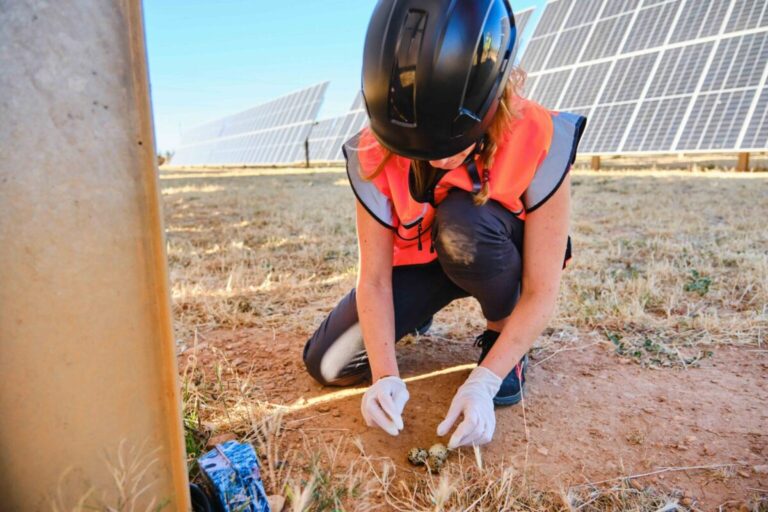New research from Spain shows that stricter environmental impact assessments of large-scale PV installations contrast with smaller solar farms, which are not subject to the same level of restrictions. The review also highlighted the need for more cumulative and synergistic environmental impact assessments.
A systematic review conducted by the Cátedra Steppe Forward research group, formed by scientists from the Autonomous University of Madrid (UAM), the Center for Forest Sciences and Technology of Catalonia (CTFC) and the French energy giant TotalEnergies, has highlighted the scarcity of studies on the impact of photovoltaic installations on biodiversity.
The study found that medium-sized PV installations cause greater loss of semi-natural habitats than large PV installations, likely because “mega-PV installations” are subject to stricter environmental impact assessments, which could lead to fragmentation of large projects.
The dispersion of small installations is also a factor leading to high cumulative environmental impacts that would not be detected by independent assessments, supporting the need for cumulative and synergistic environmental impact assessments.
The results of their work were presented in the study “Solar photovoltaic development and biodiversity conservation: current gaps in knowledge and research”, published in Conservation letters, where they analyzed 180 scientific articles have been published since 2010, a period in which the exponential growth of PV has not been matched at the same level by the growth of research into its effects on the environment, although this area of interest has grown in the scientific community.
In concrete terms, the number of articles has been multiplied by 25 in the period 2010-2023. The results have made it possible to identify the main impacts of photovoltaic installations on ecosystems and associated organisms, and to propose future research directions to ensure that the energy transition takes place sustainably.
The study noted that although Asia and Europe top the list of regions with the highest installed photovoltaic capacity, most knowledge comes from North American studies, especially from deserts, which may not be extrapolated to other environments, such as croplands, where most of the photovoltaic capacity is located on a global scale.
Furthermore, most studies have focused on habitat loss or modification, while other impacts, such as microclimate impacts or the potential of agrovoltaic systems, have hardly been explored. Finally, 53% of studies were conducted on a single photovoltaic installation, and pre-construction conditions were rarely recorded.
The installation of solar panels affects the environment and biodiversity in very different ways. In arid areas, the panels have a direct effect on the microclimate in warm seasons, creating new shaded areas and increasing soil moisture. They can also change the chemical and physical composition of the substrate, but more research is needed to understand the mechanisms that explain these changes.
On the other hand, photovoltaic installations cause habitat change and loss at two spatial scales. On a landscape scale, they form a physical barrier that interrupts animal movements, which can cause changes in their behavior and populations. On a smaller scale, as already mentioned, the panels create new gradients of shade and humidity, which ultimately affect the plant community and change the habitat of other groups of animals, such as birds and arthropods, with consequences for their space use patterns.
The study also looked at the impact of photovoltaic collisions observed on aquatic organisms, mainly arthropods, which can lead them out of water bodies and turn them into ecological traps, a phenomenon known as the ‘lake effect’.
When installing photovoltaic panels, priority should be given to preventing consequences, starting with adequate spatial planning. Furthermore, more research efforts should be devoted to understanding the mechanisms explaining the observed impacts so that effective mitigation measures can be designed.
The authors also emphasize the need to diversify the environmental contexts and ecosystem components studied, to avoid biases in the available information. Likewise, robust methodological designs (known as BACI, Before-After-Control-Impact) and standardized protocols should be used against which the information obtained can be compared.
Finally, greater efforts are needed to evaluate the cumulative environmental impacts to ensure that the installation of small fields spread over a larger area does not generate a greater impact than large isolated installations.
This content is copyrighted and may not be reused. If you would like to collaborate with us and reuse some of our content, please contact: editors@pv-magazine.com.


